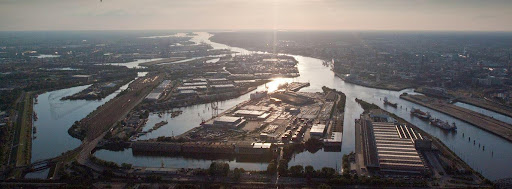-
Hydrogen key to industrial cluster growth
Date posted:
-
-
-
Post Author
Greg Kelsall
-
-

The importance of hydrogen in driving industrial cluster development has been underlined by a dedicated forum at Davos and expansion of a World Economic Forum (WEF) initiative. Developed in collaboration with Accenture and EPRI, the Transitioning Industrial Cluster initiative now comprises 33 clusters in 16 countries, with 13 new members as below:
- Kerala Green Hydrogen Valley, India: central to India’s decarbonisation efforts by scaling hydrogen-powered transport.
- Cartagena Industrial Cluster, Colombia: connected to the largest port-based industrial zone, it is uniquely positioned to become a strategic hub for the production, storage, distribution, shipping and use of clean hydrogen and low-carbon fuels.
- Gopalpur Industrial Park, India: strategically located, the industrial park is set to attract investments from sectors leveraging new technology, including green energy.
- Hunter Region, Australia: a hub of innovation and industry diversification, fostering collaboration across sectors to support growth in the emerging energy economy.
- Jubail Industrial City, Saudi Arabia: since outlining a plan in 1975 for an industrial city, the Jubail cluster has developed holistically, allowing synergies between co-located industries to minimise their carbon footprint.
- Kakinada Cluster, India: coordinated by AM Green, this port-anchored hub in Andhra Pradesh works to provide industrial decarbonisation solutions, including green ammonia, hydrogen and sustainable aviation fuel.
- Mundra Cluster, India: located in Gujarat, the Mundra Cluster integrates green power initiatives with infrastructure to support large-scale industrial projects.
- Mumbai Green Hydrogen Cluster, India: an industrial hub in Maharashtra, it is accelerating the green hydrogen economy, linking industries with sustainable energy sources.
- Port of Açu Low Carbon Hub, Brazil: leveraging Brazil’s competitive advantage in renewable energy and biofuels, as well as the port’s infrastructure, the cluster aims to deliver comprehensive decarbonisation solutions for a range of hard-to-abate sectors.
- Port of Rotterdam, Netherlands: as Europe’s largest port and logistics hub, this industrial area is connecting renewable energy production to industries across Europe.
- Saraburi Sandbox, Thailand: located in Saraburi Province, this model for a low-carbon city focuses on advancing clean energy solutions and circularity, reducing emissions from the cement sector, and creating nature-positive ecosystems.
- The Solent Cluster, UK: aiming to become a leading centre for low-carbon energy technologies and industries.
The 33 signatories together represent potential CO2-equivalent emissions reductions of 832 MtCO2.
What stands out to me from this announcement is the fact that 6 out of the 13 cluster additions are in Asia, signalling the importance of industrial decarbonisation and hydrogen production to their fast growing economies.
The WEF’s full report, Unleashing the Full Potential of Industrial Clusters: Infrastructure Solutions for Clean Energies, is available to download and outlines solutions for clusters in the wider energy value chain. Strategic industrial ecosystems built around port facilities are highlighted as key nodes connecting international markets and regional industries.
